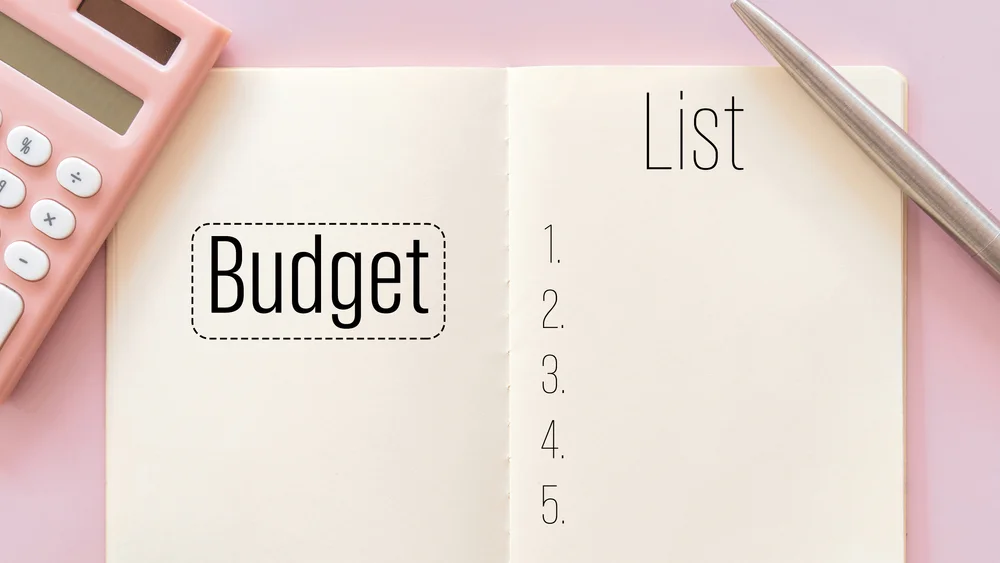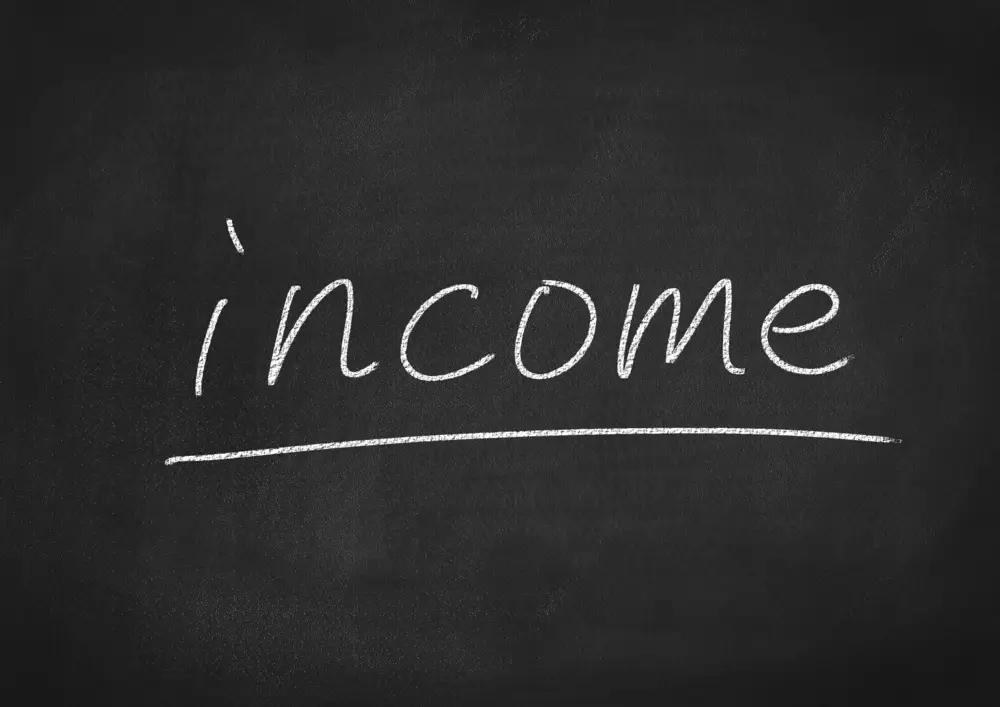Top 10 Brilliant Money-Saving Tips
Saving money has grown in relevance in the unpredictable financial environment of today. Rising expenses, economic uncertainty, and growing costs highlight the significance of having good saving plans. Ten clever and useful ideas in this article will allow you to better your financial practices and save money. Following these top 10 brilliant money-saving tips will help you greatly change your financial situation.
1. Create a Realistic Budget
Why Budgeting is the Foundation of Saving
A budget offers your road map for financial choices. It allows you to avoid unneeded spending and clarifies where your money travels. Your income relative to your expenses can help you to pinpoint areas where you might cut back and increase savings.
How to Build and Stick to a Budget
Step-by-Step Guide to Budget Creation
- Figure your whole monthly revenue from all sources.
- List all of your fixed expenses—loan payments, utilities, and rent.
- List your variable expenses— food, entertainment, and transportation included.
- Set aside money for optional projects and savings.
Tools and Apps to Simplify Budgeting
Track spending and keep on target with tools as Mint, YNAB (You Need a Budget), or PocketGuard. These instruments give you reminders to stay on target and real-time analysis.

2. Embrace the 30-Day Rule for Purchases
What is the 30-Day Rule?
Under the 30-day rule, one waits 30 days before making a non-needed purchase. This wait helps you assess the need of the item and lessens impulsive purchase.
Benefits of Delayed Gratification
- Improved Decision-Making: Considering products takes time but guarantees they fit your priorities.
- Prioritizing Essential Expenses: Emphasizing what really important will enable you to better budget money and prevent financial stress.
3. Automate Your Savings
Why Automation Works
Automating your savings guarantees constant contributions free from human effort. It helps one resist the need to spend money designated for savings.
Tools to Automate Savings
- Popular Apps and Bank Features: Digit and Acorns apps automatically move tiny amounts to savings accounts. Many banks have round-up programs designed to save transaction spare change.
- Examples of Effective Automation Techniques: On payday, set up repeated withdrawals from your checking account to your savings account. This way guarantees savings before consumption.
4. Cut Back on Subscriptions
Evaluating Subscription Services
Go over all of your subscriptions and note those you hardly ever use. Stopping pointless subscriptions can save hundreds yearly.
Alternatives to Expensive Subscriptions
- Free or Lower-Cost Options: To save entertainment expenses, move to shared accounts with friends or family or free streaming services.
- Sharing Services: Paying subscription fees split among trustworthy people lowers expenses while still allowing access.

5. Shop Smart with Discounts and Coupons
Finding the Best Deals Online and Offline
Websites like Honey and RetailMeNot assist with bargain search. Maximize savings with cashback applications like Rakuten.
Tips for Using Coupons Effectively
- Organizing and Planning Purchases Around Coupons: To prevent impulse purchases, make a shopping list depending on current coupons.
- Avoiding Overspending Due to Discounts: Even if discounts are appealing, buy just what you need. Stay true to your shopping list.
6. Cook at Home and Reduce Dining Out
How Home Cooking Saves Money
Meals prepared at home cost far less than dining out. You also regulate ingredients and serving sizes, therefore enhancing both economics and health.
Simple Tips for Meal Preparation
- Planning Weekly Meals to Avoid Waste: Plan weekly dinners to maximize ingredients and steer clear of last-minute takeaway orders.
- Batch Cooking for Efficiency and Savings: Plan big dinners and freeze extra for hectic days. This approach saves both money and time.
7. Use Energy-Efficient Practices
Lowering Utility Bills
Little chores like turning off lights, disconnecting appliances, and cold water laundry cut energy use.
Making Your Home More Energy-Efficient
- Sealing Drafts and Insulating Effectively: Make investments in insulation and weatherproofing to help to control heating and cooling expenses.
- Using Smart Thermostats and LED Lighting: While LED lamps consume less electricity over time, smart thermostats maximize energy use.

8. Reevaluate Your Transportation Costs
Save Money on Daily Commutes
To save gasoline and maintenance, use public transit, carpooling, or biking. Should driving be required, keep your car in good condition to maximize fuel economy.
Alternatives to Traditional Transportation
- Exploring Ride-Sharing or Electric Vehicles: Electric cars and ride-sharing companies help to lower long-term transportation expenses.
- The Long-Term Savings of Owning Fewer Cars: Reducing to one car reduces registration, insurance, and maintenance costs.
9. Buy Second-Hand Whenever Possible
The Benefits of Second-Hand Shopping
Purchasing old goods lowers waste and helps you save money. Many used items are excellent and often less expensive than new ones.
Where to Find Quality Second-Hand Goods
- Thrift Stores, Online Marketplaces, and Community Groups: For excellent deals, search local thrift stores, Facebook Marketplace, and Craigslist.
- Tips for Spotting Great Deals on Used Items: Examine objects closely and compare prices to guarantee value. Get your shopping from reliable sites to prevent frauds.
10. Focus on Paying Off High-Interest Debt
Why Prioritizing Debt Repayment Saves Money
Like credit card balances, high-interest debt can rise rapidly. Early pay-off of it lowers financial stress and interest payments.
Strategies to Pay Off Debt Faster
- Combining Saving and Debt Repayment: Set aside some money for debt payback from your budget while still keeping emergency funds.
- Tools to Help Manage Debt Effectively: Snowflake and avalanche techniques for debt give debt pay-off top priority strategic importance. Plan payments quickly with calculators.

Conclusion
Saving money isn’t hard at all. These top 10 brilliant money-saving tips offer doable strategies for creating and preserving financial stability. Using even a couple of these techniques will help your financial situation noticeably get better. Starting now, see how your savings increase.
FAQs
- How do I start saving money on a tight budget? Track spending first, then minimize extraneous costs and automate little savings.
- Which tools are best for budgeting and saving? Easily budget and manage savings using Mint, YNAB, and PocketGuard.
- Is it better to save or pay off debt first? While keeping an emergency reserve, give high-interest debt top priority.
- How can I make cooking at home more affordable? Plan meals, make bulk purchases, and batch cook to save money and time.
- What are the best times of year to shop for discounts? Best deals come from seasonal sales such Black Friday and end-of-season reductions.



